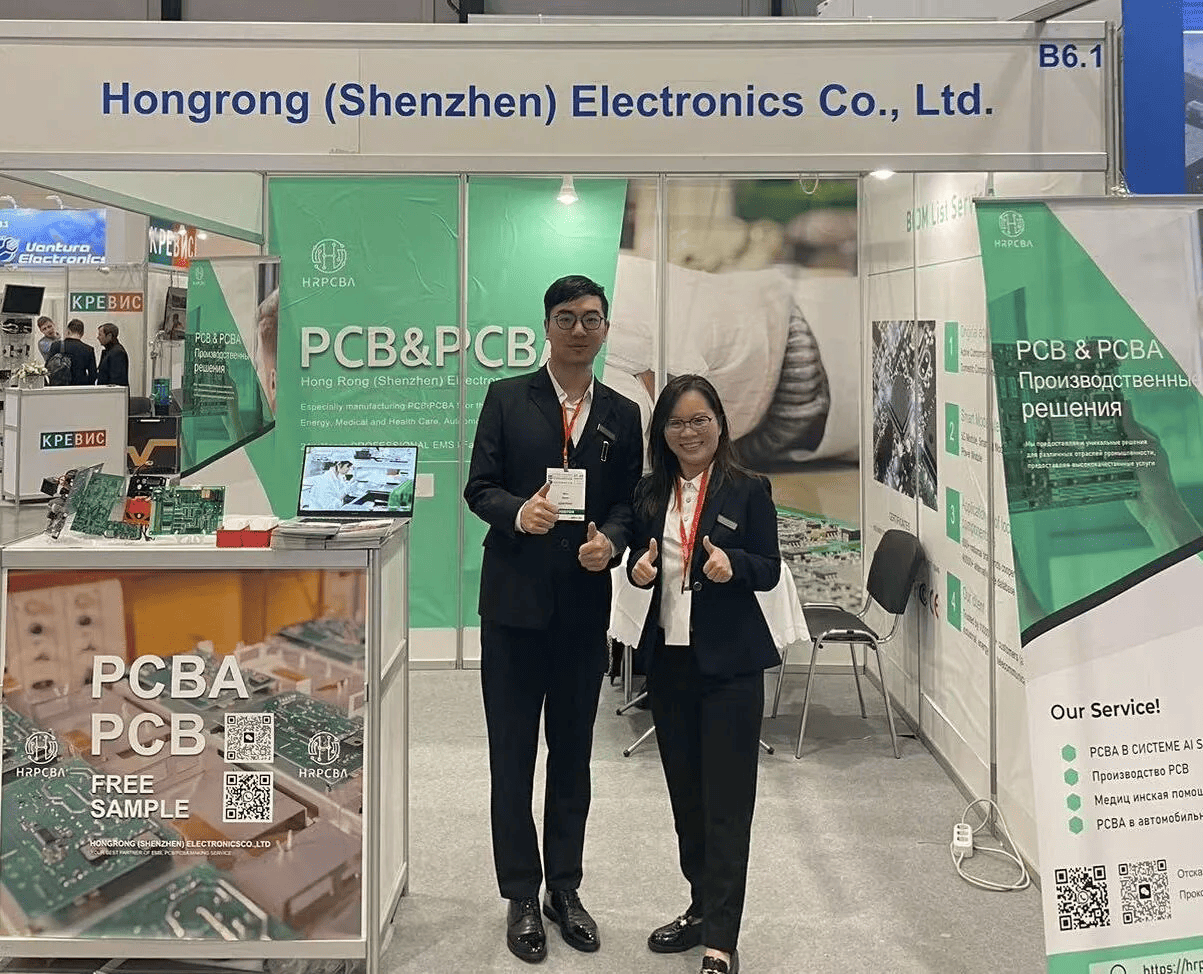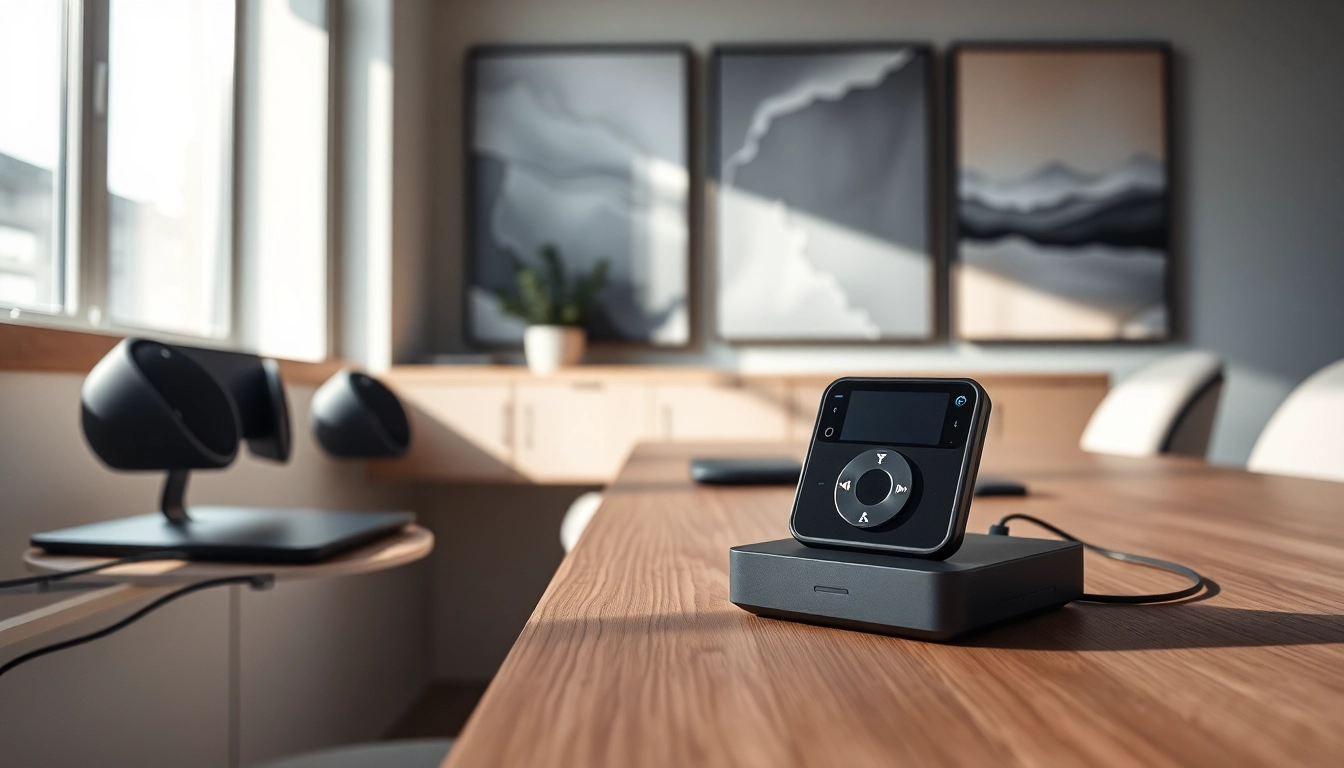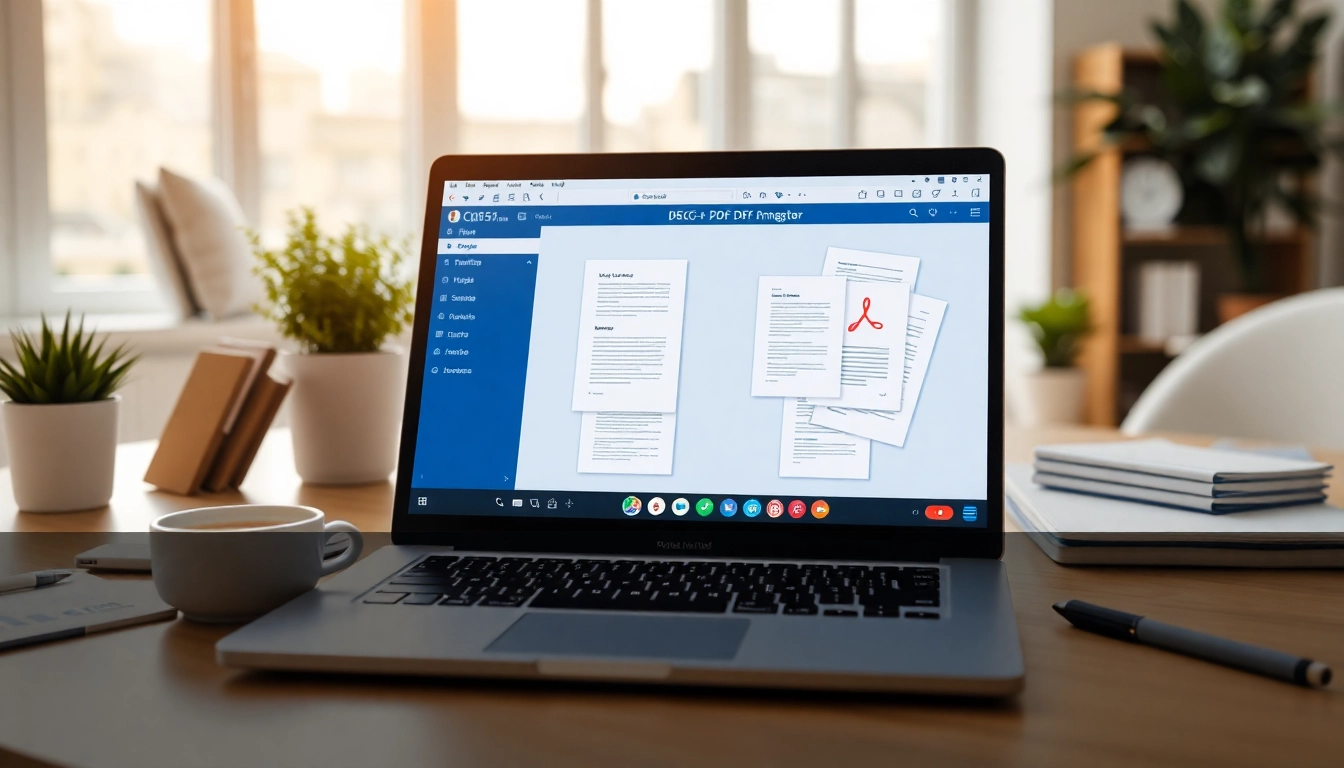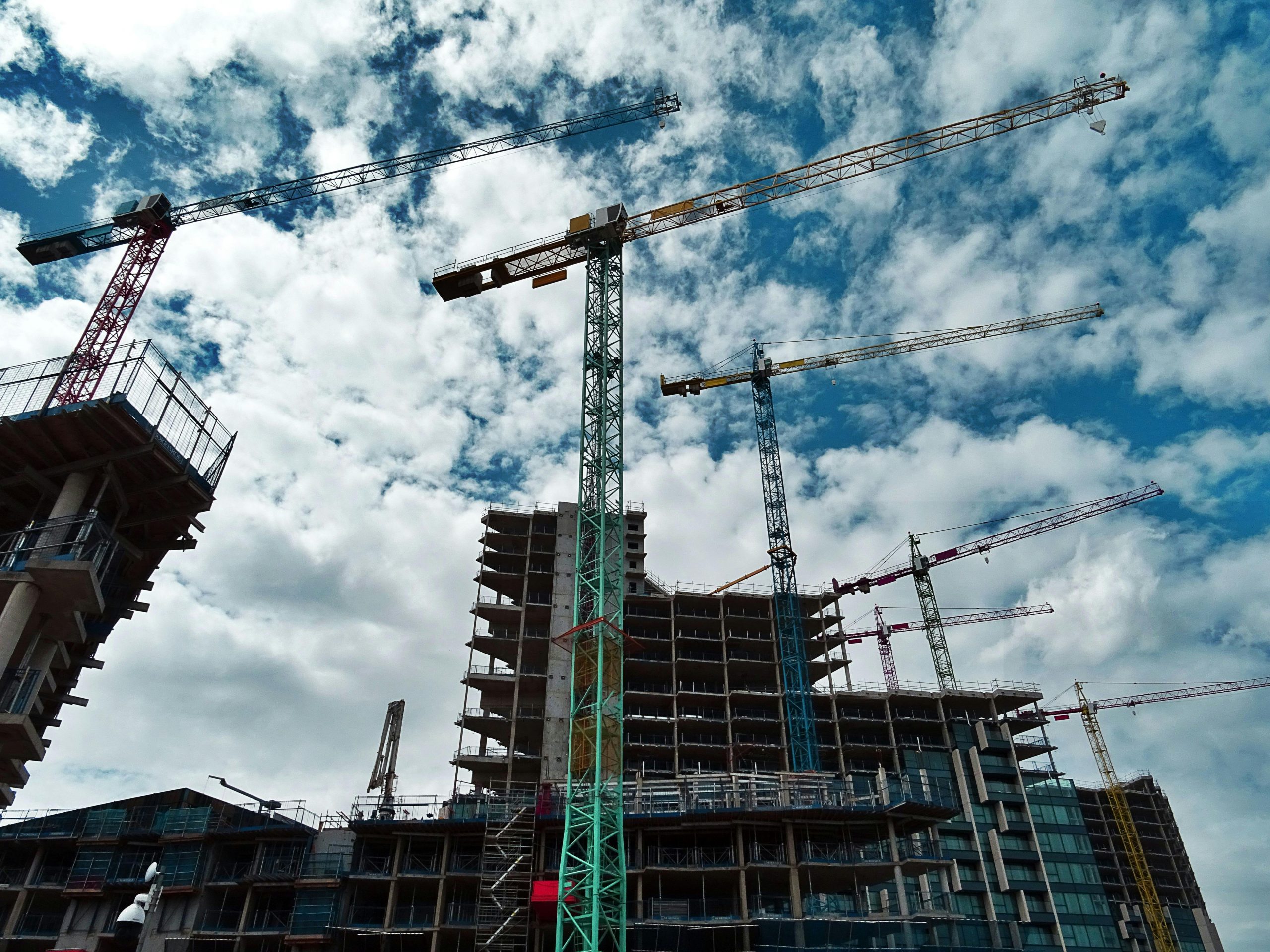Introduction to Double-Sided PCB Assembly
In the world of electronics, efficient space management, improved performance, and enhanced capabilities are paramount. One technology that has revolutionized circuit design is the Double-Sided PCB Assembly. This technique allows for a higher density of components on the printed circuit board (PCB), making it an attractive option for a myriad of applications. In this comprehensive guide, we will explore what double-sided PCB assembly entails, its benefits, the manufacturing process, and design considerations that can aid electronics engineers in maximizing the potential of their designs.
What is Double-Sided PCB Assembly?
Double-sided PCB assembly refers to the process of placing components on both sides of a PCB. This is achieved using either Surface Mount Technology (SMT) or Through-Hole technology, or a combination of both. The ability to mount components on both sides of a board allows for greater component density, reducing the overall size of the PCB while enhancing its functionality. The design typically includes vias connecting the top and bottom sides of the PCB, allowing electronic signals to pass through, which makes it ideal for complex circuits.
Benefits of Double-Sided PCB Assembly
- Space Efficiency: Combining components on both sides effectively reduces the footprint of the board, accommodating advanced circuitry in compact applications.
- Improved Performance: Shorter connections between components can reduce signal lag and improve performance metrics.
- Cost-Effectiveness: Although the initial costs of double-sided assembly may be higher, the improved functionality and reduced size can lead to lower overall production costs due to efficient use of materials.
Common Applications and Use Cases
Double-sided PCBs are widely used across multiple industries due to their versatility. Common applications include:
- Consumer Electronics: Devices such as smartphones, tablets, and laptops utilize double-sided PCBs to house complex functionalities without taking too much space.
- Automotive: Modern vehicles incorporate advanced electrical systems that benefit from the compact design of double-sided assemblies.
- Industrial Equipment: Machinery and automation systems often require reliable and high-performance PCBs to manage control systems.
Understanding the Manufacturing Process
Key Steps in Double-Sided PCB Assembly
The manufacturing process of double-sided PCBs can be broken down into several critical steps:
- Design: Utilizing software tools to design the PCB layout, ensuring optimal placement of components and routing of traces.
- Printing: The solder mask and silkscreen layers are printed onto the PCB.
- Drilling: Holes and vias are drilled according to the design specifications.
- Solder Paste Application: A stencil is used to apply solder paste to the pads where components will be placed.
- Component Placement: Components are accurately placed using automated pick-and-place machines.
- Soldering: Both sides are soldered using techniques such as reflow or wave soldering.
- Testing: Various testing methods are used to ensure the PCB meets quality and performance requirements.
Essential Equipment for Effective Assembly
To successfully produce double-sided PCBs, specific equipment is essential:
- Pick-and-Place Machines: These machines automate the placement of surface-mount components accurately.
- Reflow Ovens: Used for soldering components by heating the solder paste and creating electrical connections.
- Stencil Printers: Enable the precise application of solder paste to PCB pads.
- Inspection Systems: Automated optical inspection (AOI) systems help detect defects in soldering or component placement.
Common Challenges in the Manufacturing Process
While double-sided PCB assembly offers numerous advantages, it can also present challenges:
- Alignment Issues: Aligning components on both sides can be challenging, requiring precise machinery and setup.
- Soldering Difficulties: Ensuring even soldering on both sides without affecting previously soldered components can be complicated.
- Thermal Management: Components that generate heat need to be strategically placed to prevent overheating.
Techniques for Successful Assembly
Surface Mount Technology (SMT) in Assembly
Surface Mount Technology has become a predominant technique in assembling double-sided PCBs due to its ability to facilitate higher density component placement. SMT enables companies to design smaller and lighter devices. The process involves soldering components directly onto the surface of the PCB instead of inserting leads through it. This results in shorter electrical paths, improved signal integrity, and reduced manufacturing costs.
Through-Hole vs. Surface Mount in Double-Sided Assembly
Both Through-Hole and Surface Mount technologies serve essential roles in double-sided PCB assembly. Through-Hole technology involves components with leads that are inserted into holes drilled into the PCB and soldered on the opposite side, offering mechanical stability for heavy components. In contrast, SMT eliminates the need for holes, allowing for a smoother surface for additional components. Engineers must weigh the advantages of each based on the application requirements, component size, and manufacturing capabilities.
Quality Control Measures for Double-Sided PCBs
Quality control is paramount in ensuring the reliability and functionality of double-sided PCBs. Effective measures include:
- Visual Inspections: Regular visual checks during assembly help identify misaligned components or soldering defects.
- Functional Testing: PCs are subjected to tests that simulate their operating conditions to ensure all components function correctly.
- Automated Inspection: Utilizing AOI and X-ray systems to inspect hidden solder joints and internal connections without disassembling the board.
Design Considerations for Double-Sided PCBs
Best Practices for Designing Double-Sided PCBs
When designing double-sided PCBs, it is paramount to adhere to best practices to optimize performance. key considerations include:
- Layer Stack-Up: Properly determining the layer order is crucial for signal integrity and cost-effectiveness.
- Trace Width and Spacing: Calculating appropriate trace widths ensures that they can handle the required current without overheating.
- Component Placement: Strategically positioning components to minimize traces lengths and optimize signal flow enhances performance.
Considerations for Component Placement
Effective component placement is a fundamental aspect of PCB design that directly influences the board’s performance:
- High-Frequency Components: These should be placed closer to related components to reduce parasitic effects.
- Heat-Sensitive Components: Ensure adequate spacing from heat-generating components to maintain operational integrity.
- Accessibility: Consideration must be given to placement in relation to testing and servicing needs.
Thermal Management in Double-Sided Designs
As electronic devices continue to shrink while increasing in power, effective thermal management has become a critical design consideration:
- Heat Sinks and Vents: Where applicable, integrating heat sinks or vents helps dissipate heat from high-power components.
- Thermal Pads and Insulation: Utilizing thermal pads can transfer heat efficiently while insulating sensitive components.
- Thermal Simulation: Using simulation software can predict temperature distribution, helping designers mitigate potential overheating issues.
Future Trends in Double-Sided PCB Assembly
Emerging Technologies and Innovations
The landscape of electronics manufacturing is rapidly evolving, and several trends are shaping the future of double-sided PCB assembly:
- Automation: Increased automation in PCB assembly processes promises to enhance efficiency and precision.
- Flexible PCBs: The development of flexible and rigid-flex PCBs allows for innovations in design where traditional layouts cannot adapt.
- Advanced Materials: Research into new materials, such as high-frequency laminates and biodegradable substrates, will influence design capabilities.
Market Trends Impacting Double-Sided Assembly
Market forces such as consumer demand for miniaturized electronics, environmental concerns, and cost efficiencies will continue to drive the adoption of double-sided assemblies:
- Demand for Miniaturization: As electronics shrink, manufacturers must adapt by utilizing more compact assembly techniques.
- Sustainability Practices: Increasing focus on environmental sustainability is leading to growth in recyclable materials and eco-friendly manufacturing processes.
- Global Supply Chain Dynamics: Changes in global supply chains impact material availability and production costs, affecting PCB assembly strategies.
Preparing for Future Challenges in Manufacturing
As technological advancements and market demands evolve, double-sided PCB manufacturers must remain agile and prepared for future challenges:
- Skill Gaps: Investing in workforce training and education is vital to equip personnel with the skills necessary for advanced assembly techniques.
- Technical Challenges: Keeping abreast of new technologies and developing corresponding methodologies will be essential to overcome technical hurdles.
- Data Management: Effective data management systems will be crucial for quality control and manufacturing efficiency in the face of increasing complexity.















Leave a Reply